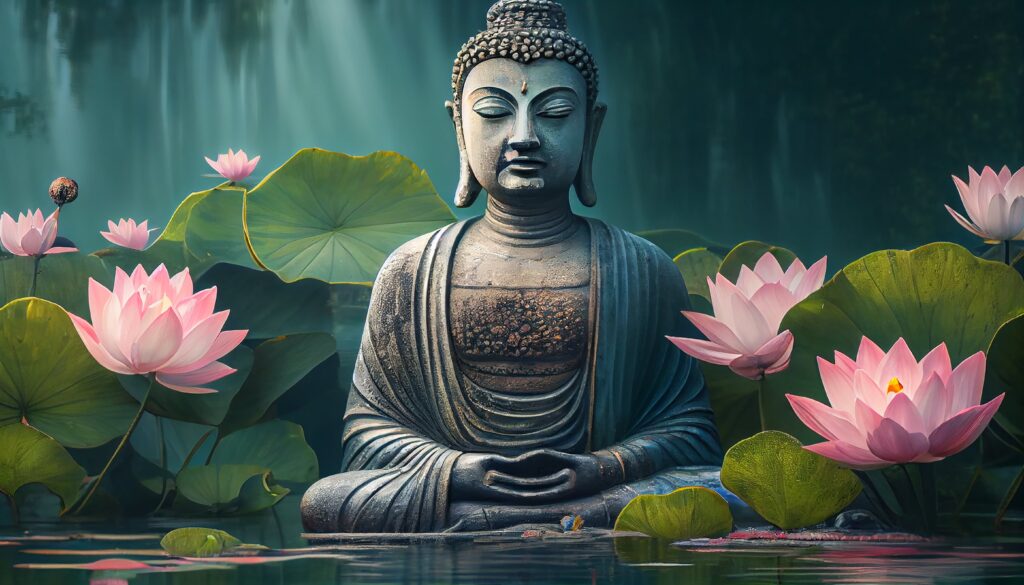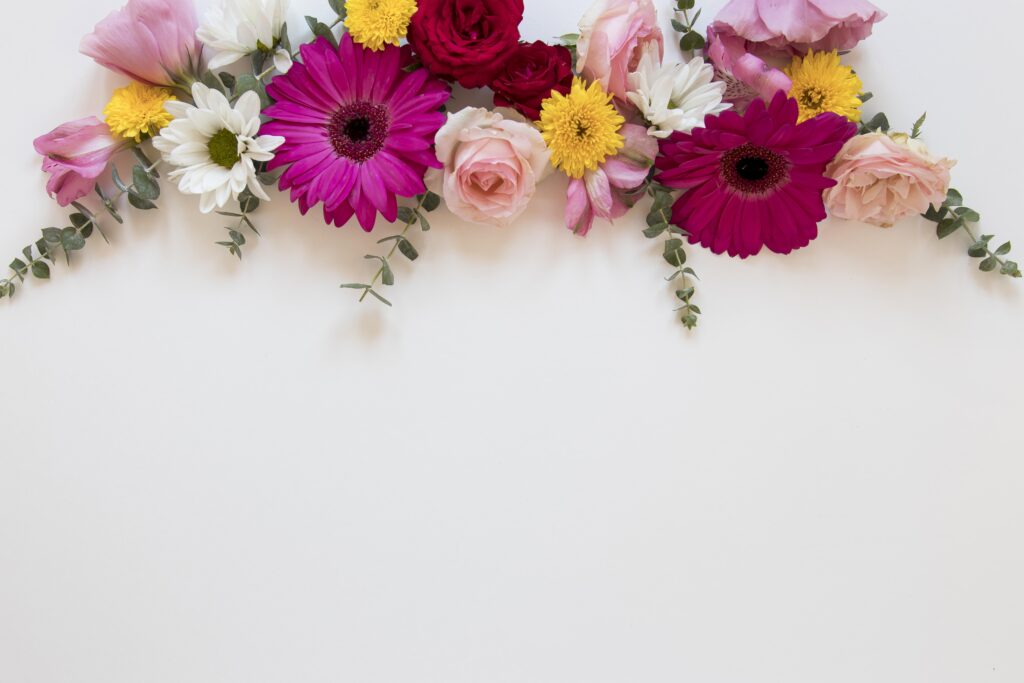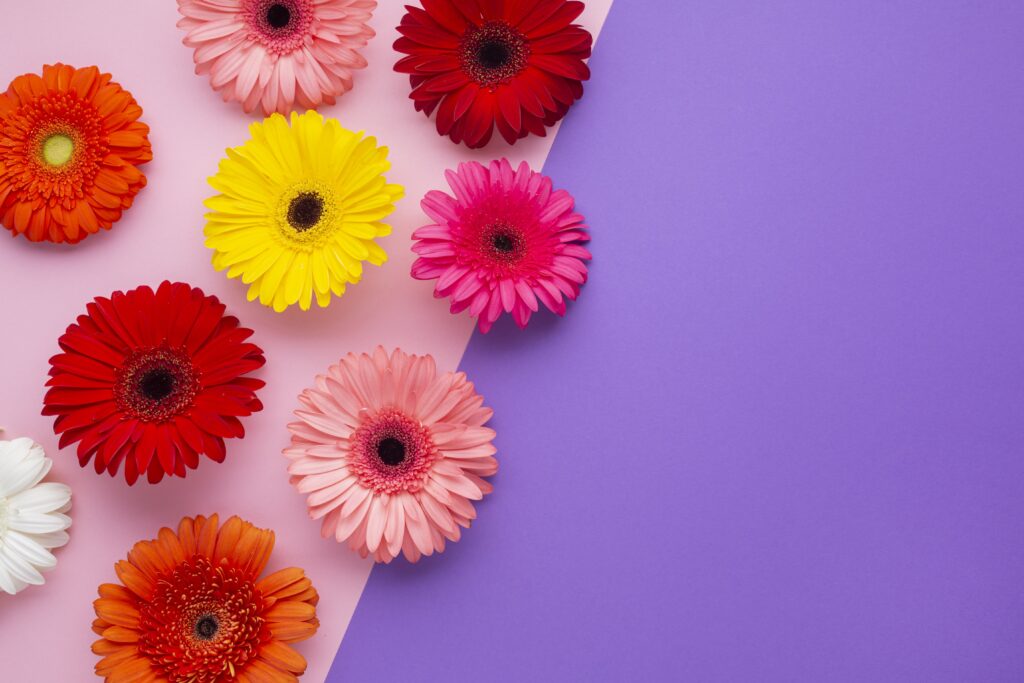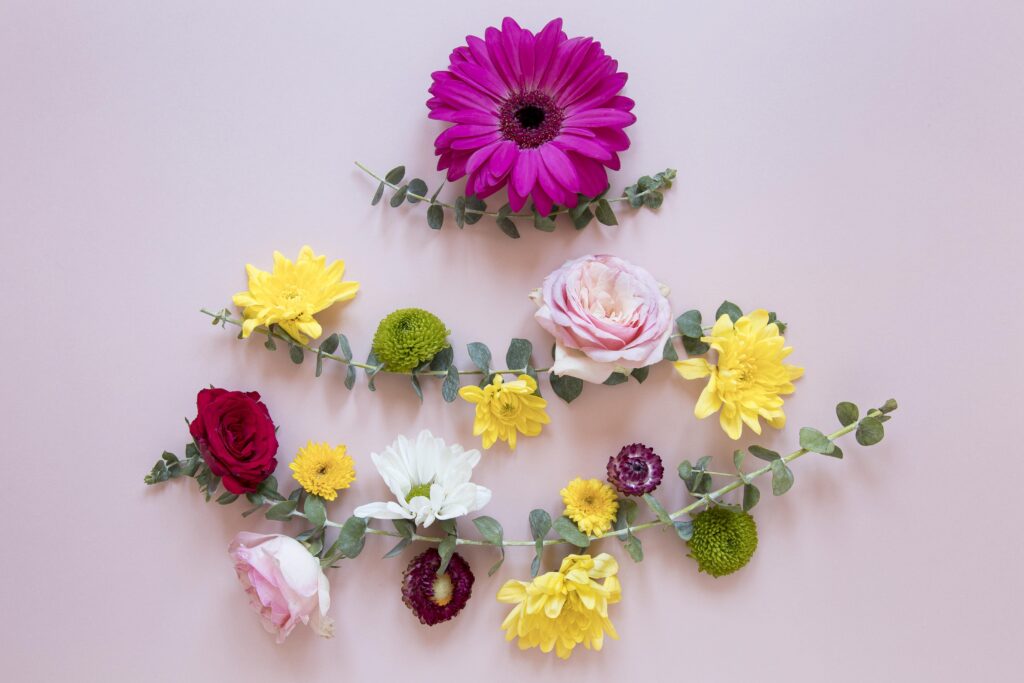Flowers have been an integral part of human culture throughout history, symbolizing emotions, traditions, and beliefs. Across different cultures and civilizations, flowers hold deep cultural significance and play a vital role in various ceremonies, rituals, and celebrations. In this blog, we embark on a captivating journey to explore how different cultures around the world celebrate and honor blooms, delving into the rich tapestry of traditions and symbolism associated with flowers.
Cherry Blossoms in Japan
In Japan, the blooming of cherry blossoms, or sakura, is a highly anticipated event. It marks the arrival of spring and is celebrated through hanami, the traditional custom of appreciating the beauty of flowers. People gather under cherry blossom trees, enjoying picnics and embracing the transient nature of life. The delicate pink petals symbolize the ephemeral nature of beauty and remind the Japanese people of the importance of cherishing each moment.
Marigolds in Mexico’s Day of the Dead
In Mexico, the vibrant marigold holds great cultural significance during the Day of the Dead festivities. These flowers, known as cempasúchil or flor de Muertos, are believed to guide the souls of departed loved ones back to the earthly realm. Families decorate altars and graves with marigolds, creating a vibrant path for the spirits to follow. The bright orange and yellow hues represent the sun and its life-giving energy, adding a touch of warmth and celebration to the occasion.
Lotus Flowers in Buddhism
The lotus flower holds deep spiritual meaning in Buddhism. Its ability to emerge from muddy waters and bloom with pure beauty symbolizes enlightenment and spiritual awakening. Lotus flowers are often depicted in Buddhist art and architecture, and they are revered as sacred symbols of purity, divinity, and perseverance.
Roses in Persian Culture
Roses hold a special place in Persian culture, representing love, beauty, and passion. In Persian literature and poetry, roses are often used as metaphors for the beloved and are associated with romance and longing. The intoxicating fragrance and delicate petals of the rose are celebrated through the art of rosewater distillation and the creation of exquisite perfumes.
Sunflowers in Native American Traditions
For many Native American tribes, sunflowers are revered as sacred and symbolize the sun’s life-giving energy. They are used in various rituals and ceremonies, representing abundance, fertility, and spiritual connection. Sunflower seeds are shared as a symbol of community and unity, fostering a sense of togetherness and nourishment.
Orchids in Chinese Culture
Orchids hold immense cultural significance in Chinese traditions. They are associated with refinement, elegance, and purity. Orchids symbolize beauty, nobility, and the Confucian virtue of humility. These flowers are often featured in Chinese artwork, poetry, and traditional ceremonies, representing grace and harmony.
Conclusion
Flowers transcend language and borders, weaving themselves into the cultural fabric of societies around the world. Their beauty, fragrance, and symbolism connect us to our roots and traditions, reminding us of the universal human experiences we all share. By exploring the cultural significance of flowers, we gain a deeper understanding of the diverse ways in which different cultures honor and celebrate the natural world. So, let us embrace the beauty of blooms and appreciate the profound meanings they hold, creating a tapestry of cultural harmony and appreciation for nature’s wonders.





